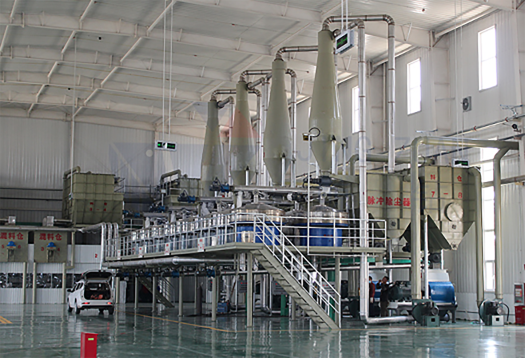
Aug . 13, 2024 11:10 Back to list
Exploring the Properties and Applications of HPMC Cellulose in Various Industries and Technologies
Understanding HPMC Cellulose A Versatile Polymer for Modern Applications
Hydroxypropyl methylcellulose (HPMC) is a non-ionic cellulose ether derived from natural cellulose. By introducing hydroxypropyl and methyl groups to the cellulose backbone, HPMC exhibits remarkable properties that make it an invaluable ingredient in a wide range of industries. Its unique characteristics include solubility in cold water, thermal stability, and an ability to form viscous solutions, making it a versatile polymer for various applications.
Pharmaceutical and Food Industries
In the pharmaceutical sector, HPMC is widely used as a binder, filler, and thickener in the formulation of tablets and capsules. Its ability to control drug release makes it an excellent choice for sustained-release formulations. This property is particularly beneficial for patients needing consistent medication delivery over an extended period. Additionally, HPMC serves as a stabilizing agent for suspensions and emulsions, ensuring homogeneity and enhancing bioavailability.
In the food industry, HPMC acts as a thickening and gelling agent, improving the texture and mouthfeel of various products. It is commonly found in gluten-free baked goods, sauces, and dressings, where it enhances viscosity and prevents separation. Furthermore, HPMC is recognized for its ability to retain moisture, extending shelf life and ensuring product freshness.
Construction and Building Materials
The construction industry also benefits from HPMC’s remarkable properties. It is commonly used as a thickener in cement-based materials, such as tile adhesives, plasters, and paints. By enhancing workability and providing better adhesion, HPMC improves the application and durability of these materials. Its water-retention properties prevent premature drying, which is crucial for the curing process of cement and mortars, ultimately contributing to stronger and more reliable construction.
hpmc cellulose

Cosmetics and Personal Care
HPMC finds extensive use in the cosmetics and personal care industry as well. It serves as a thickening, emulsifying, and stabilizing agent in products such as lotions, creams, shampoos, and gels. Its non-toxic and hypoallergenic properties make it suitable for sensitive skin formulations. Additionally, HPMC can create a smooth feel and improve the sensory experience of cosmetic products, making it a favored ingredient among manufacturers.
Environmental Considerations and Sustainability
As the world becomes increasingly aware of environmental concerns, the demand for sustainable and bio-based ingredients is rising. HPMC, being derived from natural cellulose, aligns well with these trends. It is biodegradable and non-toxic, which makes it a preferable choice for eco-conscious consumers and manufacturers. Additionally, HPMC can offer an alternative to synthetic polymers that raise environmental concerns, paving the way for more sustainable industry practices.
Conclusion
In conclusion, hydroxypropyl methylcellulose is a versatile and essential polymer that plays a crucial role in various sectors, including pharmaceuticals, food, construction, and cosmetics. Its unique properties, such as solubility in cold water, thickening ability, andnon-toxic nature, contribute to its widespread utilization. As industries continue to prioritize sustainability, HPMC is poised to remain a vital ingredient in the development of innovative and eco-friendly products. Its adaptability and functionality make it a lasting asset in modern applications, highlighting the importance of cellulose derivatives in today’s manufacturing landscape.
-
Versatile Hpmc Uses in Different Industries
NewsJun.19,2025
-
Redispersible Powder's Role in Enhancing Durability of Construction Products
NewsJun.19,2025
-
Hydroxyethyl Cellulose Applications Driving Green Industrial Processes
NewsJun.19,2025
-
Exploring Different Redispersible Polymer Powder
NewsJun.19,2025
-
Choosing the Right Mortar Bonding Agent
NewsJun.19,2025
-
Applications and Significance of China Hpmc in Modern Industries
NewsJun.19,2025







